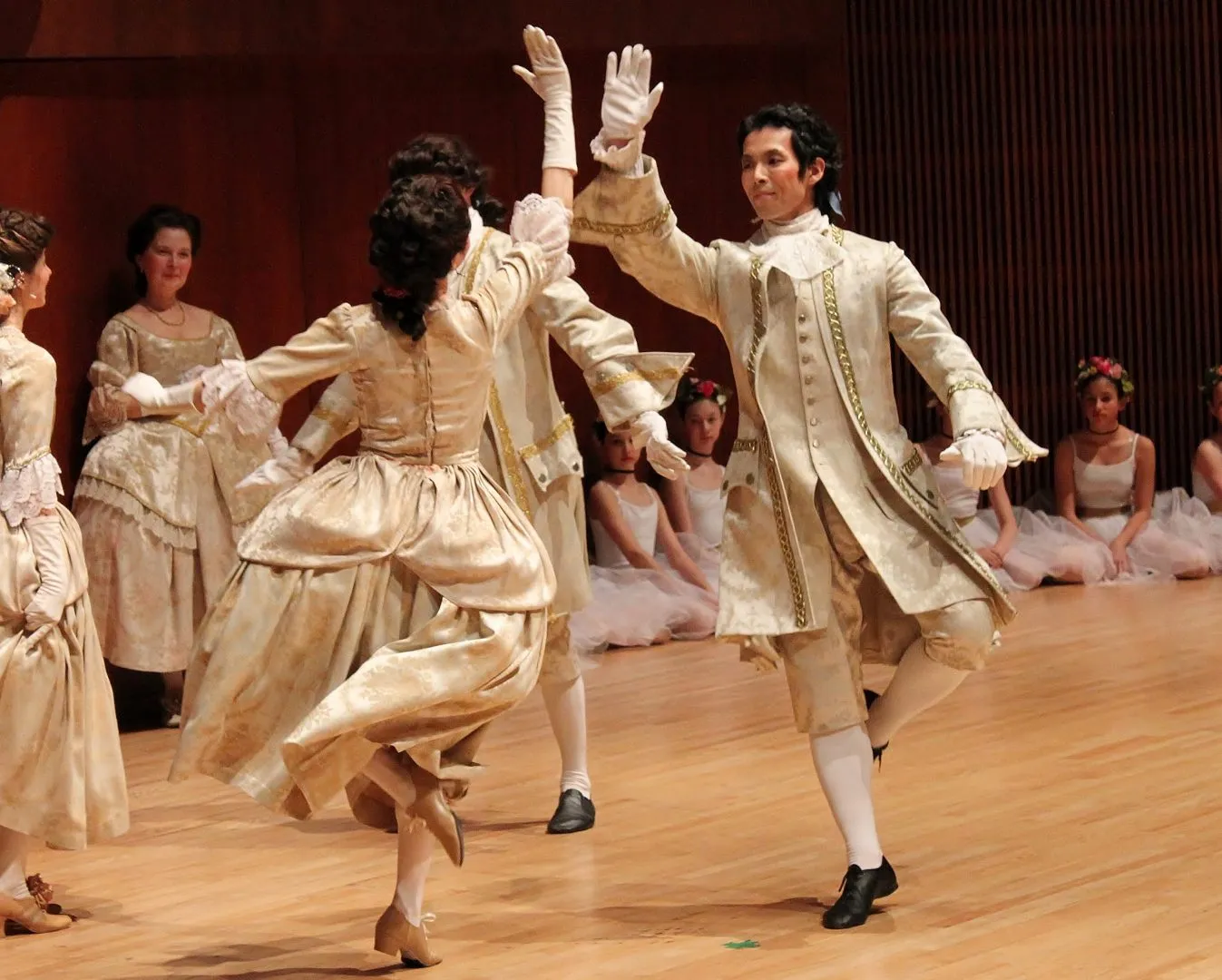
Gigue, a lively and spirited dance, has a rich history deeply rooted in the performing arts. This energetic and rhythmic dance form originated in the Baroque era and has since evolved into various styles and interpretations. As a prominent component of classical music and traditional folk dances, the gigue has captivated audiences with its infectious tempo and intricate footwork. In this article, we will delve into the captivating world of gigue, exploring its origins, characteristics, and significance in the realm of performing arts. From its historical significance to its enduring influence on contemporary dance forms, gigue continues to enthrall both performers and spectators alike. Join us as we uncover eight fascinating facts that illuminate the enduring allure of this exuberant dance form.
Key Takeaways:
- Gigue is a lively and spirited Baroque dance, known for its energetic movements and intricate rhythms, captivating audiences with its infectious joy and exuberance.
- The Gigue, often the final movement of a Baroque suite, continues to inspire contemporary artistic interpretations, showcasing its enduring appeal and cultural resonance worldwide.
Gigue is a Lively Baroque Dance
Originating from the Baroque era, the Gigue is a lively and spirited dance that forms an integral part of classical music and dance history. This exuberant dance style is characterized by its upbeat tempo and distinctive rhythmic patterns, making it a captivating spectacle for audiences.
Gigue is Often the Final Movement of a Baroque Suite
In the realm of classical music, the Gigue frequently serves as the concluding movement of a Baroque suite. Its placement at the conclusion of the suite allows it to leave a lasting impression, showcasing the technical prowess and artistic expression of the performers.
Gigue Exhibits Intricate Rhythmic Patterns
One of the defining features of the Gigue is its intricate rhythmic structure, often featuring compound time signatures such as 6/8 or 9/This complexity adds depth and dynamism to the dance, captivating both performers and spectators alike.
Gigue Showcases Energetic and Joyful Movements
The Gigue is renowned for its energetic and joyful movements, reflecting the exuberance and vivacity of the Baroque period. Dancers and musicians alike revel in the spirited nature of the Gigue, infusing each performance with an infectious sense of merriment.
Gigue Variants Exist Across Different Cultures
While the Gigue originated in Europe, variants of this lively dance have emerged across diverse cultures, each imbued with its own unique flair and interpretation. This cultural diffusion has contributed to the enduring legacy of the Gigue on a global scale.
Gigue Presents an Invigorating Challenge for Dancers and Musicians
The intricate footwork and lively tempo of the Gigue pose an invigorating challenge for dancers, demanding precision and agility. Similarly, musicians are tasked with navigating the complex rhythmic patterns, showcasing their technical proficiency and artistry.
Gigue Continues to Inspire Contemporary Artistic Interpretations
Despite its historical roots, the Gigue remains a vibrant source of inspiration for contemporary artistic interpretations. Its enduring appeal has led to innovative choreographic and musical adaptations, ensuring its relevance in modern artistic expressions.
Gigue Captivates Audiences with its Spirited Dynamism
The spirited dynamism of the Gigue continues to captivate audiences worldwide, transcending temporal and cultural boundaries. Its infectious energy and rhythmic vitality make it a perennial favorite, enchanting spectators with its exuberant charm.
The Gigue stands as a testament to the enduring legacy of Baroque dance and music, embodying the exuberance and vitality of a bygone era while maintaining its relevance in the contemporary artistic landscape. With its lively tempo, intricate rhythms, and joyful movements, the Gigue remains a cherished emblem of artistic expression, captivating audiences with its spirited dynamism and cultural resonance.
Conclusion
In conclusion, the gigue is a captivating and lively dance that has left an indelible mark on the world of performing arts. Its energetic rhythm and intricate footwork have made it a beloved component of various dance forms and musical compositions. Understanding the historical significance, cultural impact, and technical aspects of the gigue enriches our appreciation for this dynamic art form. Whether you're a dancer, musician, or simply an admirer of the performing arts, delving into the fascinating world of the gigue unveils a rich tapestry of tradition, creativity, and expression.
FAQs
What is the origin of the gigue?
The gigue originated in the late 16th century in France as a lively folk dance. It later evolved into a popular Baroque dance form, characterized by its upbeat tempo and distinctive triple meter.
How is the gigue incorporated in music?
The gigue is often featured as the final movement in Baroque dance suites and is also found in solo instrumental compositions. Its infectious rhythm and spirited nature make it a compelling element in both dance and musical performances.
Was this page helpful?
Our commitment to delivering trustworthy and engaging content is at the heart of what we do. Each fact on our site is contributed by real users like you, bringing a wealth of diverse insights and information. To ensure the highest standards of accuracy and reliability, our dedicated editors meticulously review each submission. This process guarantees that the facts we share are not only fascinating but also credible. Trust in our commitment to quality and authenticity as you explore and learn with us.
